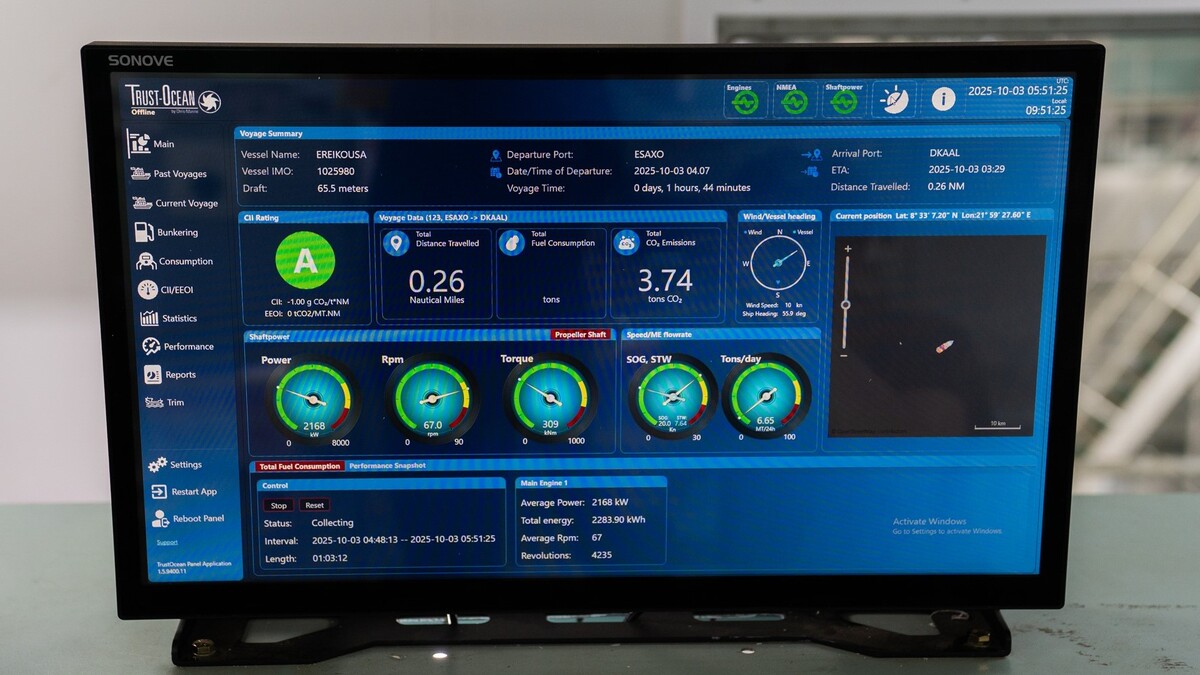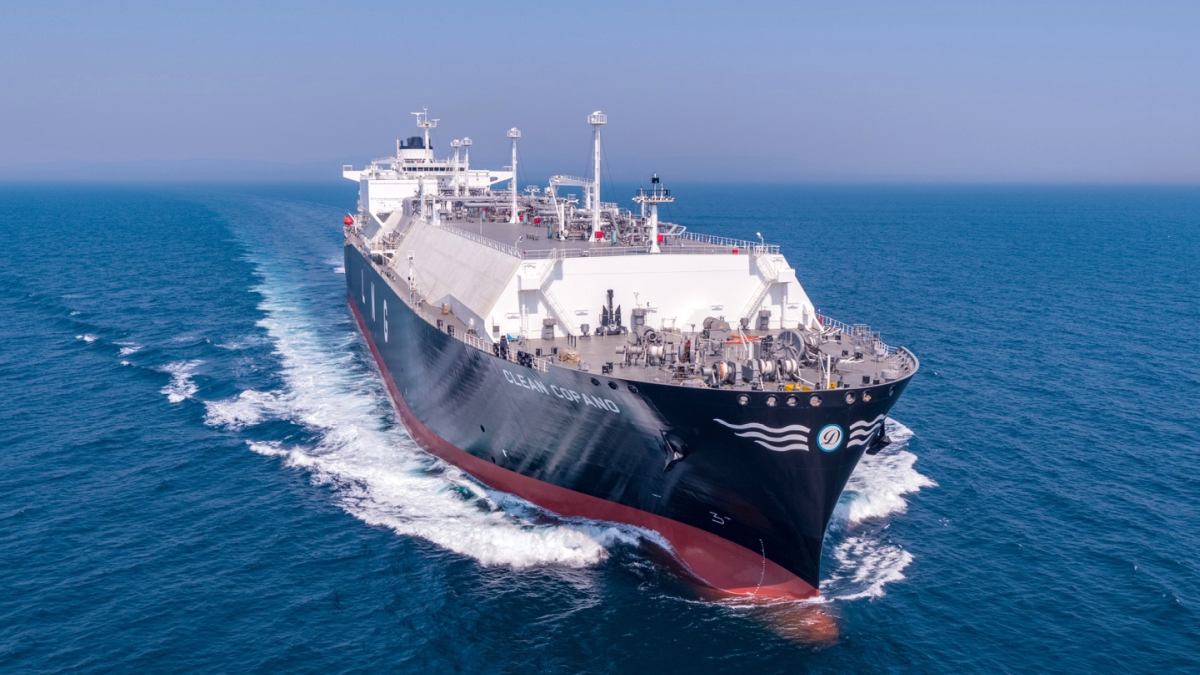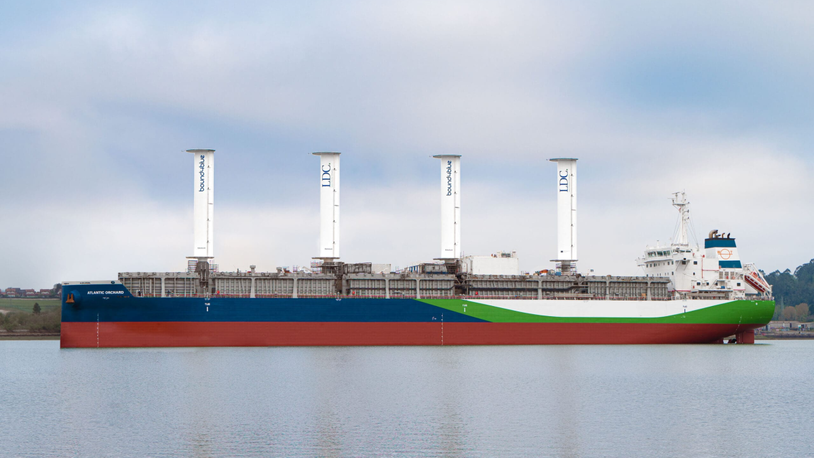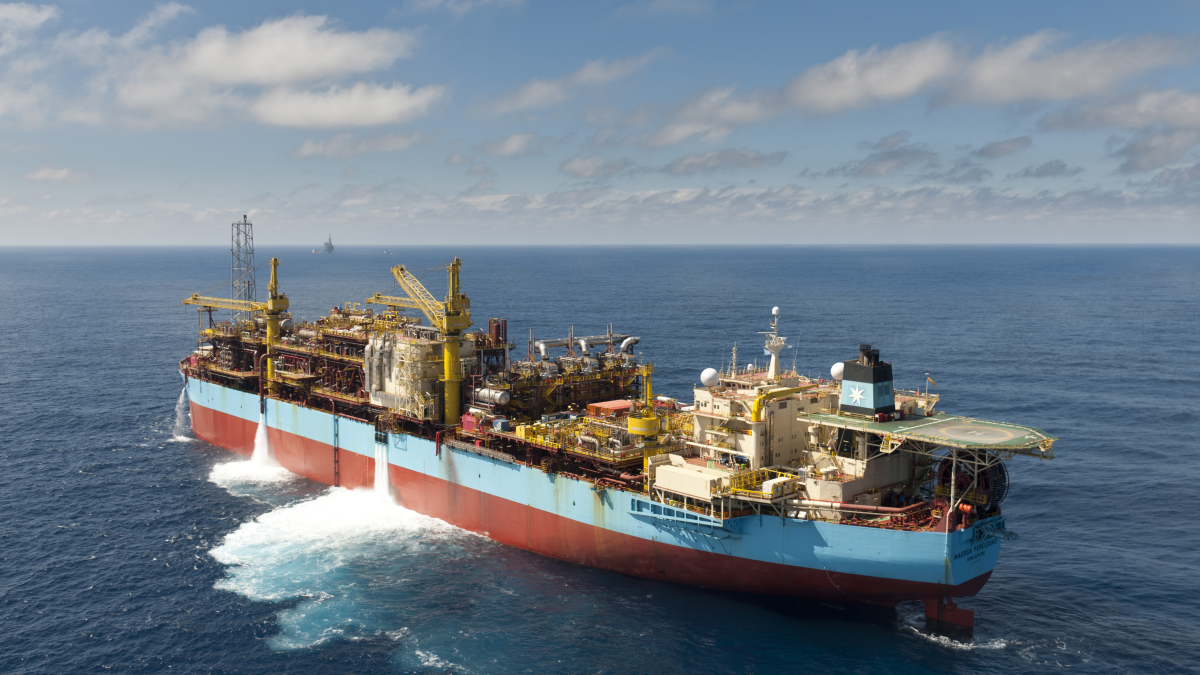Business Sectors
Contents
US exports drive LNG carrier market, but momentum may be hard to sustain
US exports have been the primary driver behind the robust LNG carrier market over the past month, though weaker demand in Asia, combined with a challenging supply environment, may threaten a sustained upward rally
Greek shipbroking firm Intermodal noted spot rates increased largely due to activity in the Atlantic Basin. By the end of October, the spot rate for a 174,000-m³ vessel climbed to US$49,750 per day, well above the year-to-date average of US$27,886 per day.
Average daily Atlantic spot rates surpassed US$60,000, reflecting heightened spot activity and tighter vessel availability. Overall, October’s average spot rate settled at US$29,500/day, approximately 6% higher than September.
“A primary driver of this renewed momentum has been rising US LNG exports, which increased 28% year on year in October,” said Intermodal senior analyst Nikos Tagoulis. He added that Europe was the main destination for US cargoes, with a modest share shipped to Egypt, which has recently become a net LNG importer.
“European demand firmed ahead of the winter heating season, while also aiming to replace Russian pipeline gas volumes,” Mr Tagoulis explained.
Furthermore, Intermodal highlighted weather-related factors affecting the Atlantic market. Hurricane Melissa, upgraded to Category 5 and among the most powerful cyclones of 2025, is moving along the eastern Atlantic.
“While it largely avoids the US Gulf coast LNG infrastructure, it poses a risk of disruptions to shipping lanes, potentially supporting freight rates through active tonnage constraints,” Mr Tagoulis added.
Modest tonne-mile growth
Conditions in Asia appear more subdued. Intermodal data shows that South Korea and China saw declining imports in October due to mild weather. Conversely, Japan increased imports by 17% year on year, mostly from Australia and Malaysia, “amid declining gas storage levels and US pressure to diversify away from Russian supply.”
Mr Tagoulis noted that geopolitical shifts have reshaped global LNG trade in both patterns and tonne-mile demand.
“The cessation of longhaul US-China shipments, replaced by shorter routes (US-Europe, Australia-China, Middle East-China), coupled with China’s push for higher domestic output, is expected to yield a rise of just over 1% in tonne-miles this year,” he explained.
“A sharper rebound is projected for 2026, with tonne-miles forecast to surge 19%, fuelled by new liquefaction projects entering operation and expanded natural gas output,” he added.
Oversupply concerns
Intermodal also highlighted supply dynamics continue to weigh on fundamentals. Tonnage is forecast to expand by 9% in 2025, outpacing projected LNG trade growth of 5%.
The orderbook-to-fleet ratio remains high at 41%, despite gradually declining since mid-2024. The fleet’s average age stands at 10.4 years, slightly younger than the historical average of 10.6 years, with 32% of capacity under five years old.
A positive factor for the market is the record high of 12 LNG carriers (1.63M m³) recycled so far this year, driven by previously weak freight rates, alongside regulatory and commercial pressures.
Mixed outlook
Looking ahead, Intermodal expects firm US exports and winter heating demand to support LNG spot rates in the short term. However, current fundamentals cast doubt on the sustainability of this momentum.
“A more sustained recovery is anticipated from 2026 onwards, driven by ramped-up LNG volumes as new liquefaction projects commence operations,” Mr Tagoulis said. “This structural supply expansion is set to stimulate global LNG trade, subsequently driving higher tonnage demand,” he added.
Sign up for Riviera’s series of technical and operational webinars and conferences:
- Register to attend by visiting our events page.
- Watch recordings from all of our webinars in the webinar library.
Related to this Story
Events
International Bulk Shipping Conference 2025
Tankers 2030 Conference
Maritime Navigation Innovation Webinar Week
© 2024 Riviera Maritime Media Ltd.














